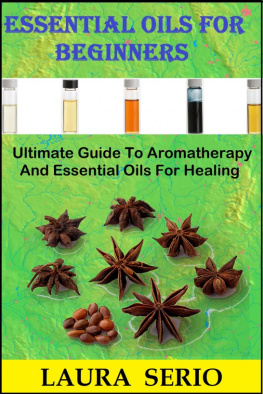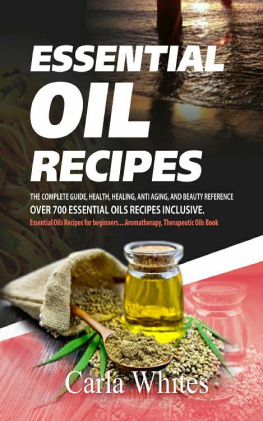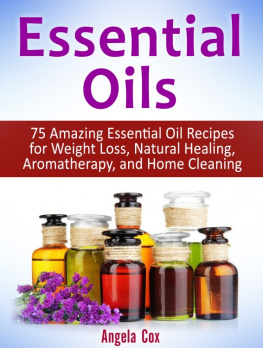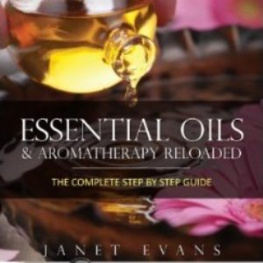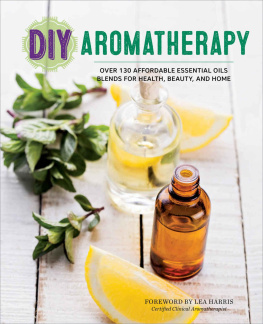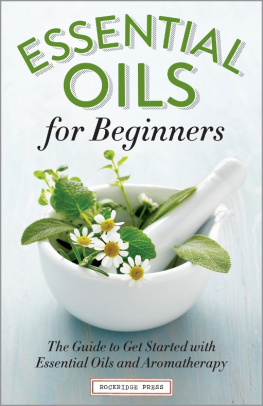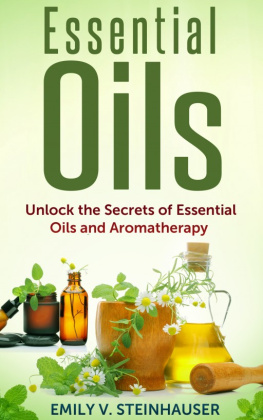


Copyright 2014 by Sharon Falsetto
Images copyright of Thinkstock.com and iStockphoto.com unless otherwise noted.
All Rights Reserved. No part of this book may be reproduced in any manner without the express written consent of the publisher, except in the case of brief excerpts in critical reviews or articles. All inquiries should be addressed to Skyhorse Publishing, 307 West 36th Street,11th Floor, New York, NY 10018.
Skyhorse Publishing books may be purchased in bulk at specialdiscounts for sales promotion, corporate gifts, fund-raising, oreducational purposes. Special editions can also be created tospecifications. For details, contact the Special Sales Department,Skyhorse Publishing, 307 West 36th Street, 11th Floor, New York, NY10018 or
Skyhorse and Skyhorse Publishing are registered trademarks of Skyhorse Publishing, Inc. a Delaware corporation.
www.skyhorsepublishing.com
10 9 8 7 6 5 4 3 2 1
Library of Congress Cataloging-in-Publication Data is available on file.
ISBN: 978-1-62636-415-8
eISBN: 978-1-62873-878-0
Printed in China
For my grandmother, Eva




Disclaimer
The information provided in this book is intended for your personal learning experience and does not endorse or advocate the use of a particular product or service mentioned here within. The author does not guarantee the outcome of the use of essential oils, as outlined in this book, and is not licensed to diagnose or claim to cure any health concerns, where mentioned. Although every effort has been made to ensure that the information supplied is correct, to the best of the authors knowledge, the author does not take responsibility for how you use the information in this book.
This book is not intended to replace professional training but is intended to be a general guide to those seeking information about the subject matter. The information given in this book relates to the external use of essential oils and does not extensively cover either the internal use of essential oils, or the use of herbs and other plants in herbal medicine, where outcomes might be different.
In addition, none of the statements within this book have been endorsed by the U.S. Food and Drug Administration or any government agency worldwide. The author and publisher do not take any responsibility or hold any liability for the use, or misuse, of the information provided, which might result in injury or damage to people or property. This book is not a substitute for medical advice from your health practitioner, and you are advised to seek medical assistance, or the advice of a certified and experienced professional aromatherapist, where appropriate, before using the information supplied in this book.
About the Book
Authentic Aromatherapy is written as a complete handbook for the beginner to aromatherapy, in an attempt to demystify the business of aromatherapy and essential oils, and to introduce you to the many different ways in which you can use essential oils in your home. It is a simple introduction for either the professional or lay person new to aromatherapy.
Authentic Aromatherapy is split into three main sections. Part One: The Basics of Essential Oils covers the history of using scents and healing plants, the difference between essential oils, fragrance oils, and other plant extracts, the quality of essential oils, and how essential oils are extracted. There is also information on the basic chemistry of essential oils.
Part Two: Using Essential Oils covers how essential oils work and the many different ways in which you can use essential oils safely for yourself and in your home. Part Three: Essential Oils Reference Guide introduces you to profiles of forty essential oils suitable for using in the ways discussed in Part Two.
Authentic Aromatherapy is designed to be read as a whole, but the three individual sections make it easy for you to refer back to a particular essential oil, or section, time and time again, as needed.
It is my hope that Authentic Aromatherapy will prove to be a comprehensive introduction to essential oils and be the start of your journey into the world of aromatherapy! There is so much more information that I could have included in this book, but I think you will find that the book is an adequate reference to begin your journey. If it helps you to demystify one piece of information, or introduces you to one new way of using essential oils, it has been worth my journey in writing it.
Introduction
Aromatherapy is a practice that is often thought of as nothing more than a way of producing pleasing aromas. However, it is so much more than this! Plant extracts and scent have a long history of useboth as a cosmetic and a medicinal toolbut it is only in modern day history that interest in aromatherapy has begun to grow again.
Aromatherapy as a therapy is often misunderstood, given that the broad term aromatherapy is sometimes misused both in the aromatherapy industry and in general. Aromatherapy is a word that is used to describe anything from a true essential oil candle to a commercial air freshener. However, these two products couldnt be more different, in source, chemical makeup, and benefits.
I did not truly understand these differences myself until I embarked on my professional studies in aromatherapy several years ago. Since then, I have relocated from one country (the United Kingdom) to another (the United States) and learned how people view the business of aromatherapy, through different eyes in different places.
Along the way, I have had the good fortune to be tutored by several great teachersin one way or anotherand have had the opportunity to study the source of essential oils and the plants themselves, up close and personal in France. However, it is perhaps the customers and students whom I encounter in my day-to-day business who have led me to understand and appreciate the many different ways in which you can use essential oils, through their various requests and questions.
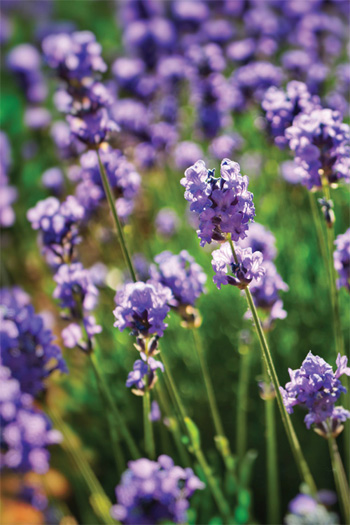

1
Brief History of Scents and Use of Healing Plants
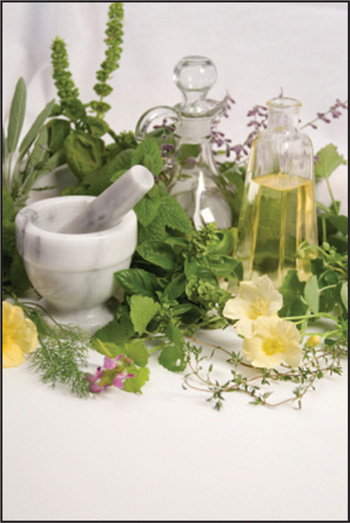
Ancient History
Many trace the history of aromatherapy back to ancient civilizations in India, China, and Egypt. Although an essential oil, as we know it today, was not used per se by such civilizations, it is true that such civilizations extensively used plants to create medicinal remedies and perfumed cosmetics. It is the historic use of these plants and scents that is covered in this chapter.
Next page

